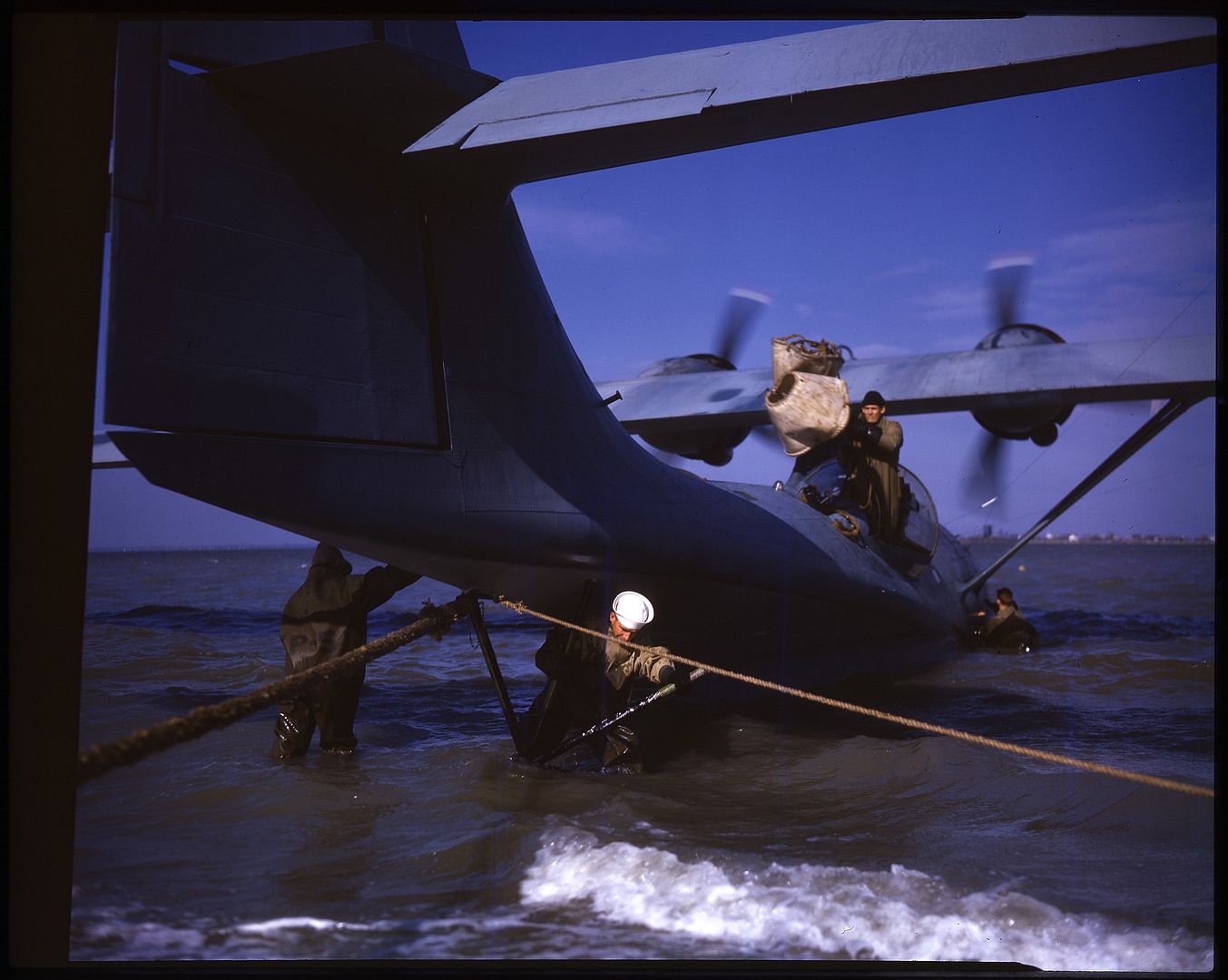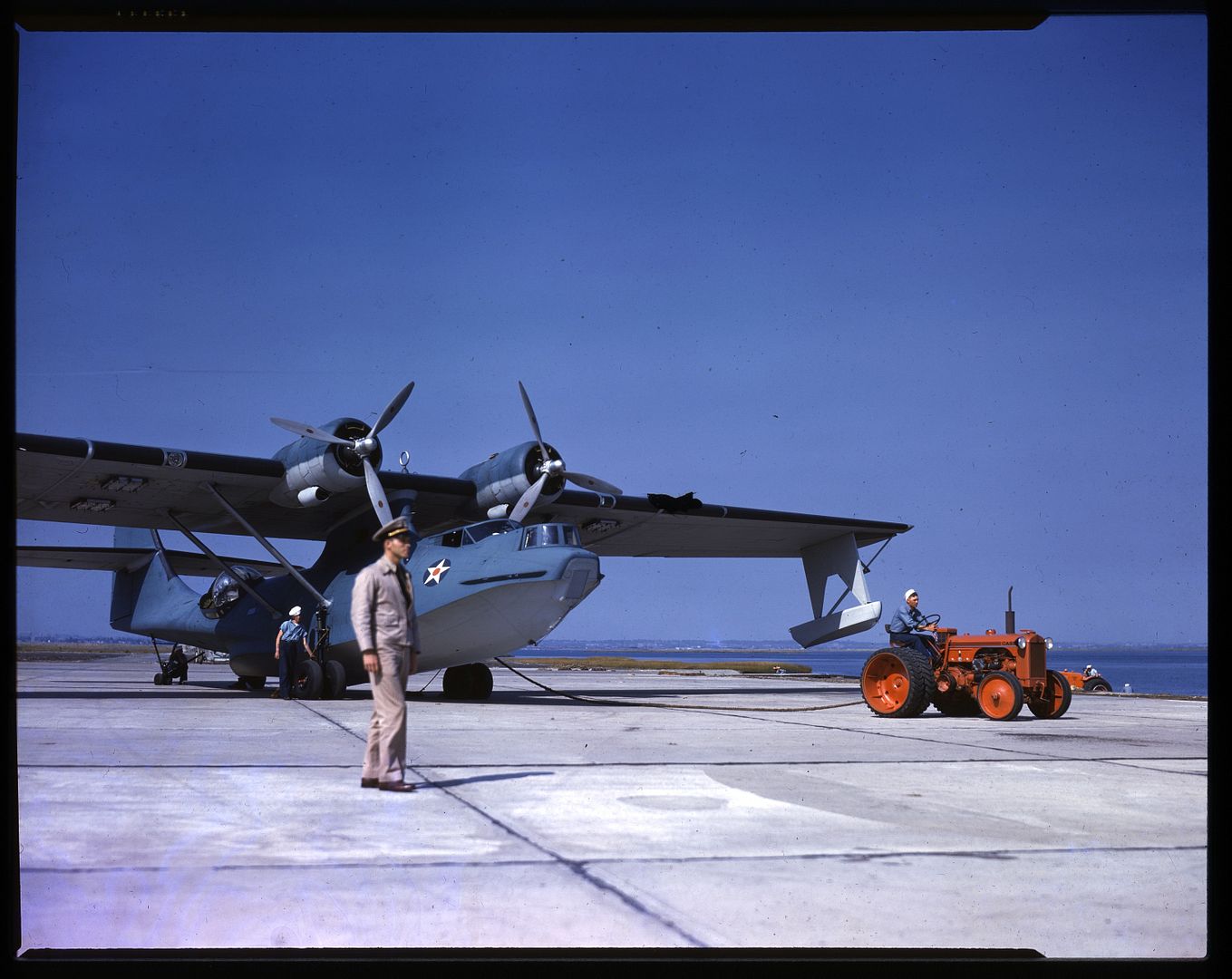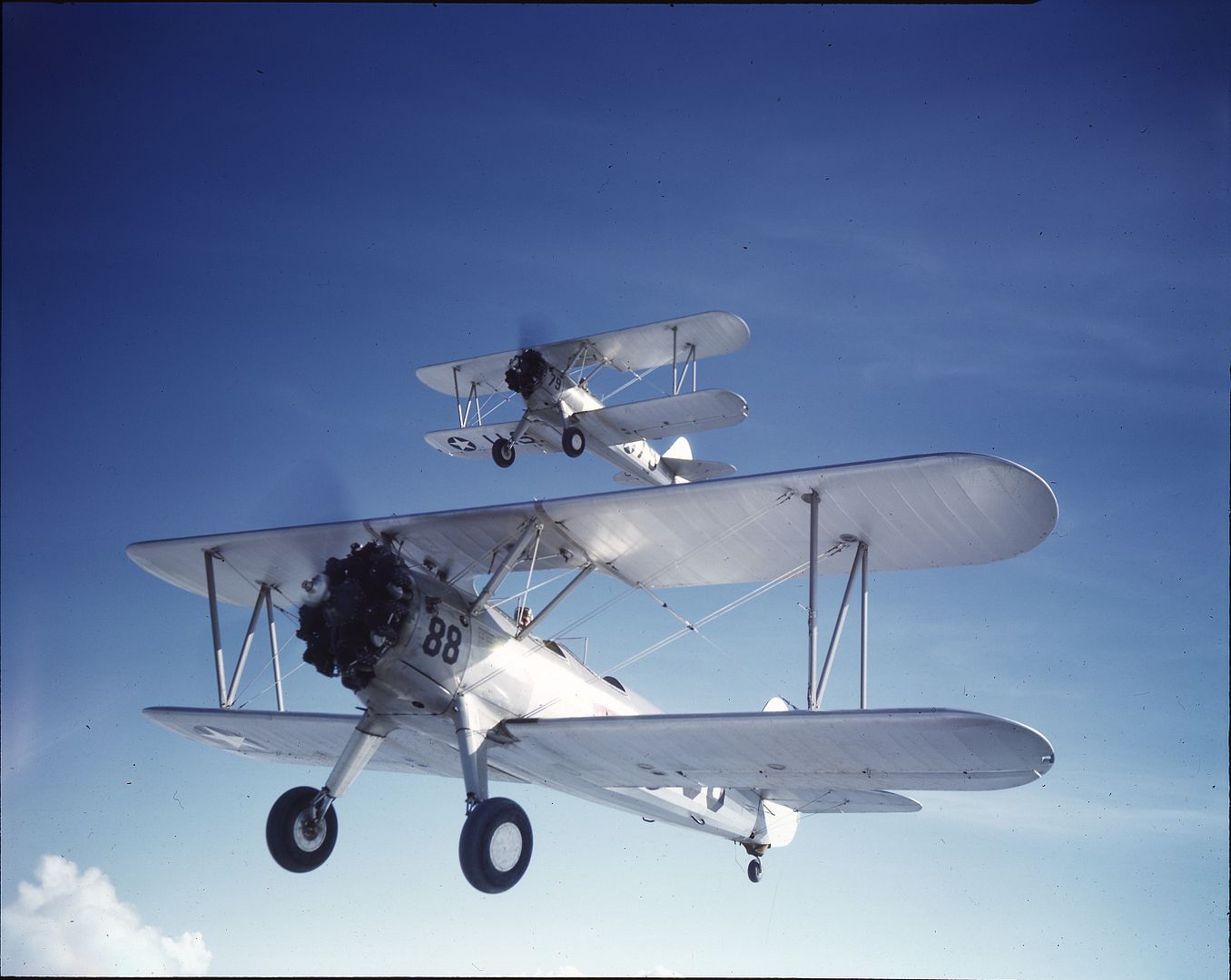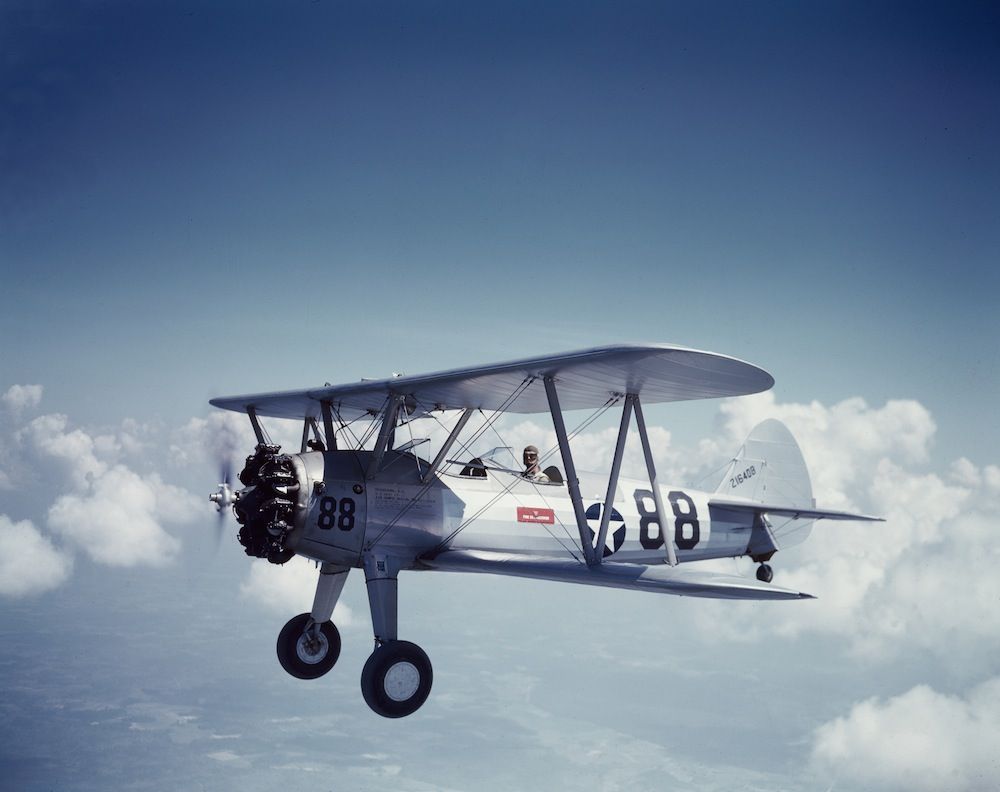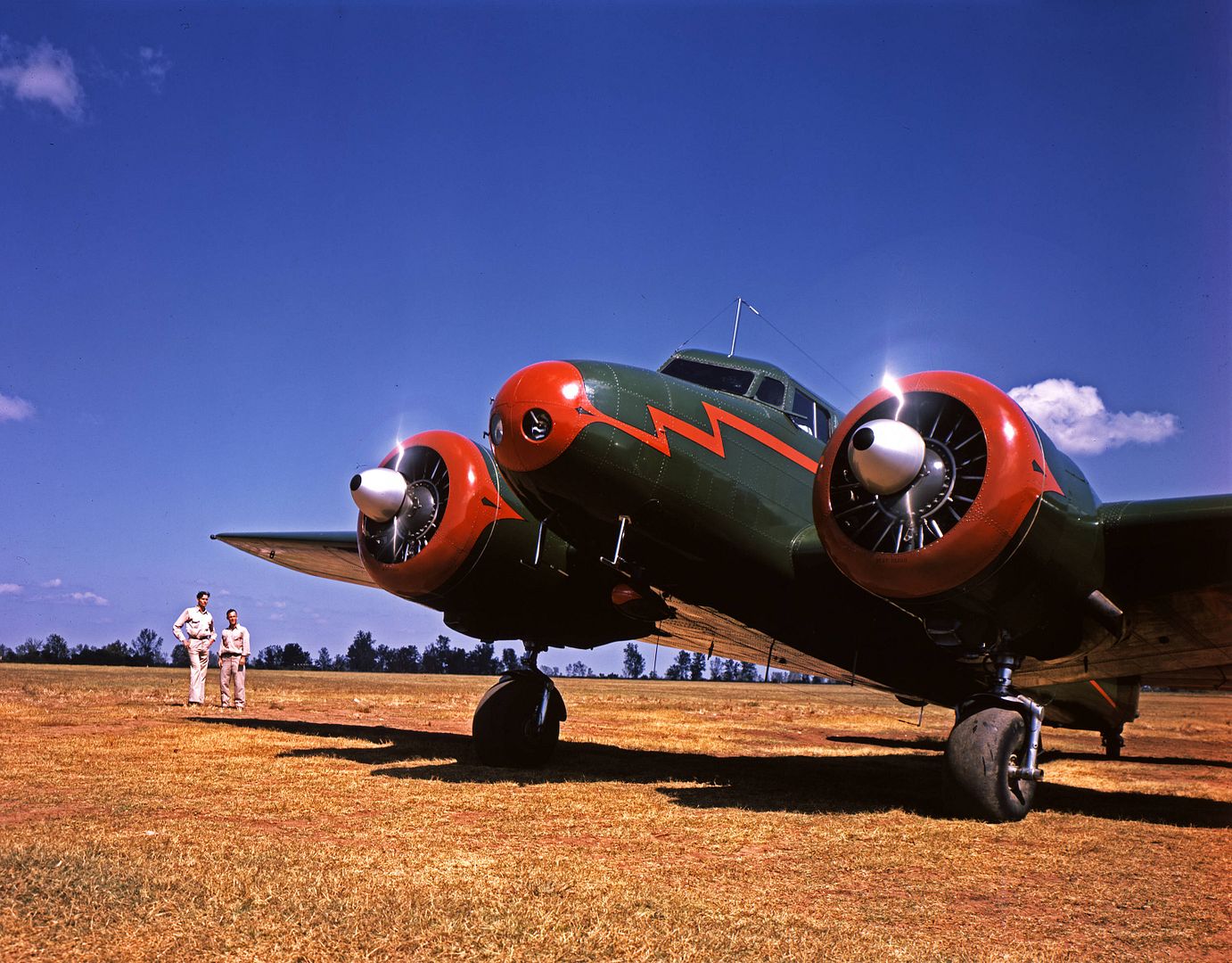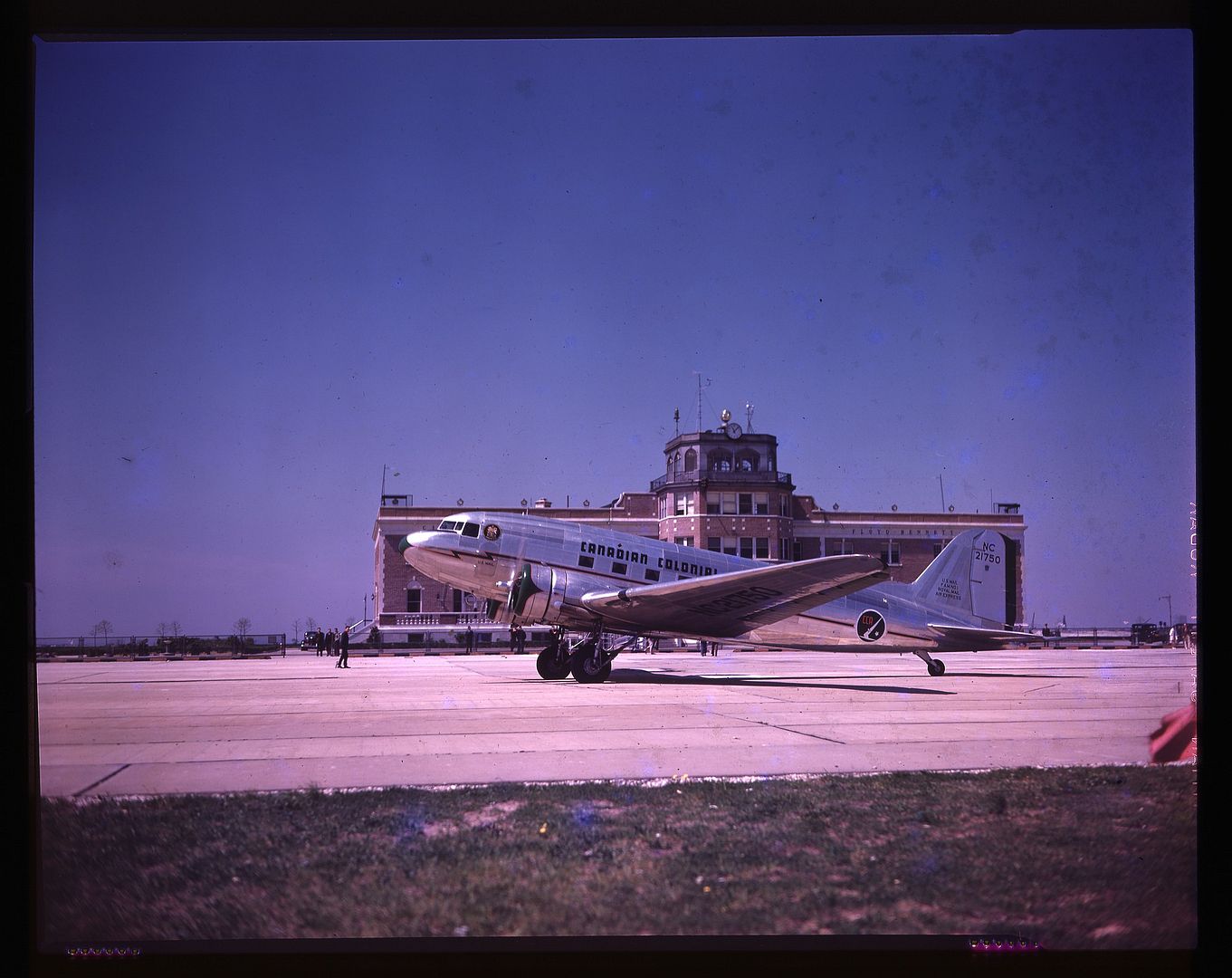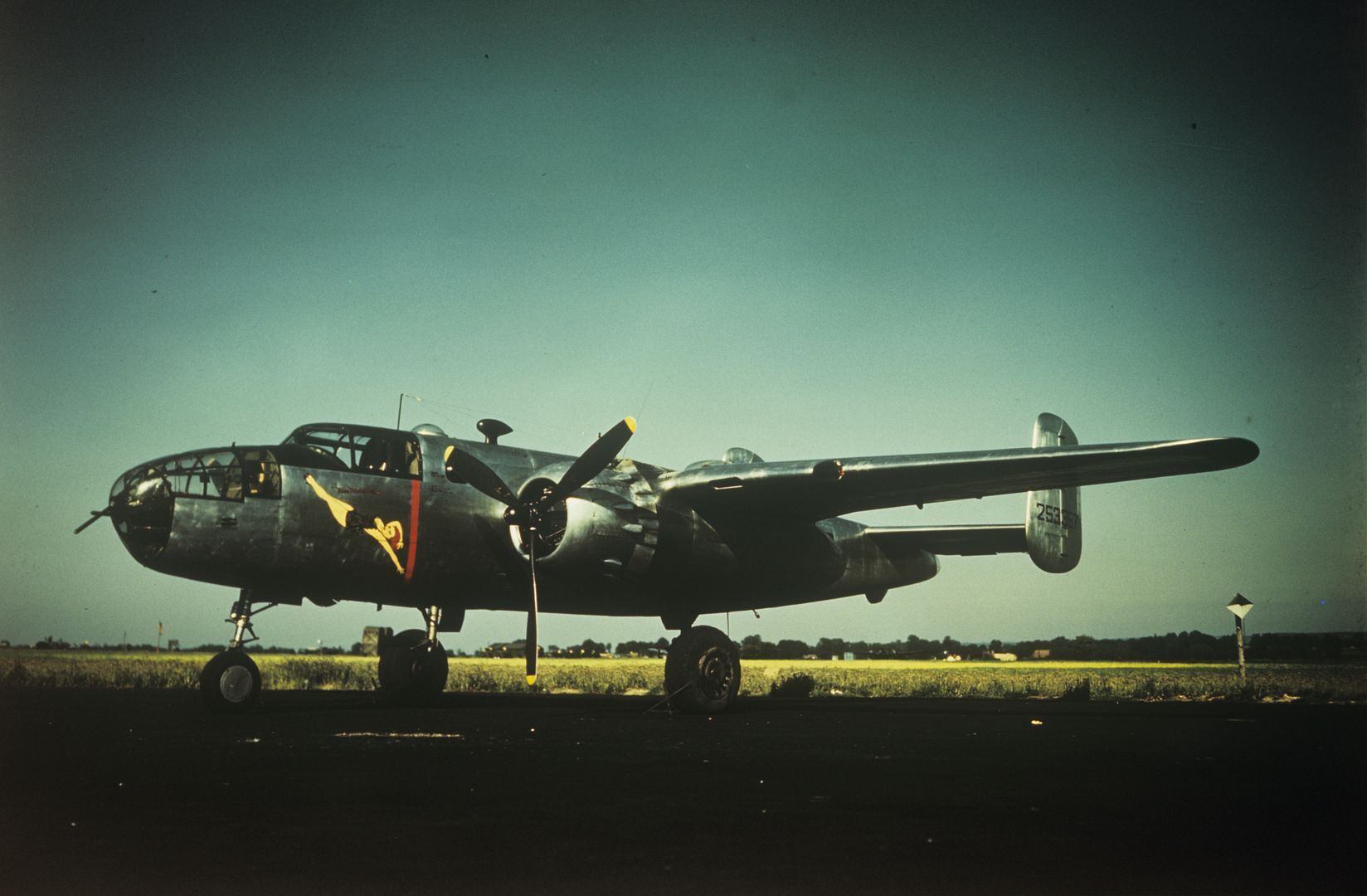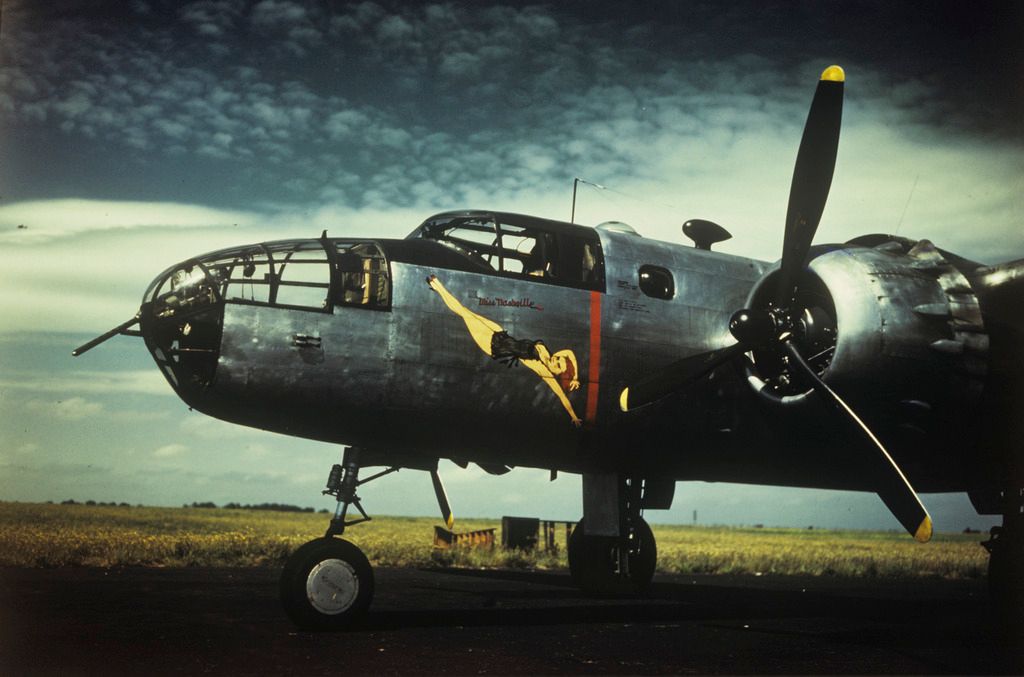Forums
- Forums
- Axis And Allies Forum
- General Discussion
- Photo of the week
Photo of the week
Post a reply
- Go to Previous topic
- Go to Next topic
- Go to Welcome
- Go to Introduce Yourself
- Go to General Discussion
- Go to Screenshots, Images and Videos
- Go to Off topic
- Go to Works in Progress
- Go to Skinning Tips / Tutorials
- Go to Skin Requests
- Go to IJAAF Library
- Go to Luftwaffe Library
- Go to RAF Library
- Go to USAAF / USN Library
- Go to Misc Library
- Go to The Ops Room
- Go to Made in Germany
- Go to Campaigns and Missions
- Go to Works in Progress
- Go to Juri's Air-Raid Shelter
- Go to Campaigns and Missions
- Go to Works in Progress
- Go to Skinpacks
- Go to External Projects Discussion
- Go to Books & Resources
-
 Main AdminMid week shots.
Main AdminMid week shots.
Some early P-40's.
Partial left side view of the engine of a US Army Air Force Curtiss P-40B Warhawk being worked on on the east coast of the USA ca. 1942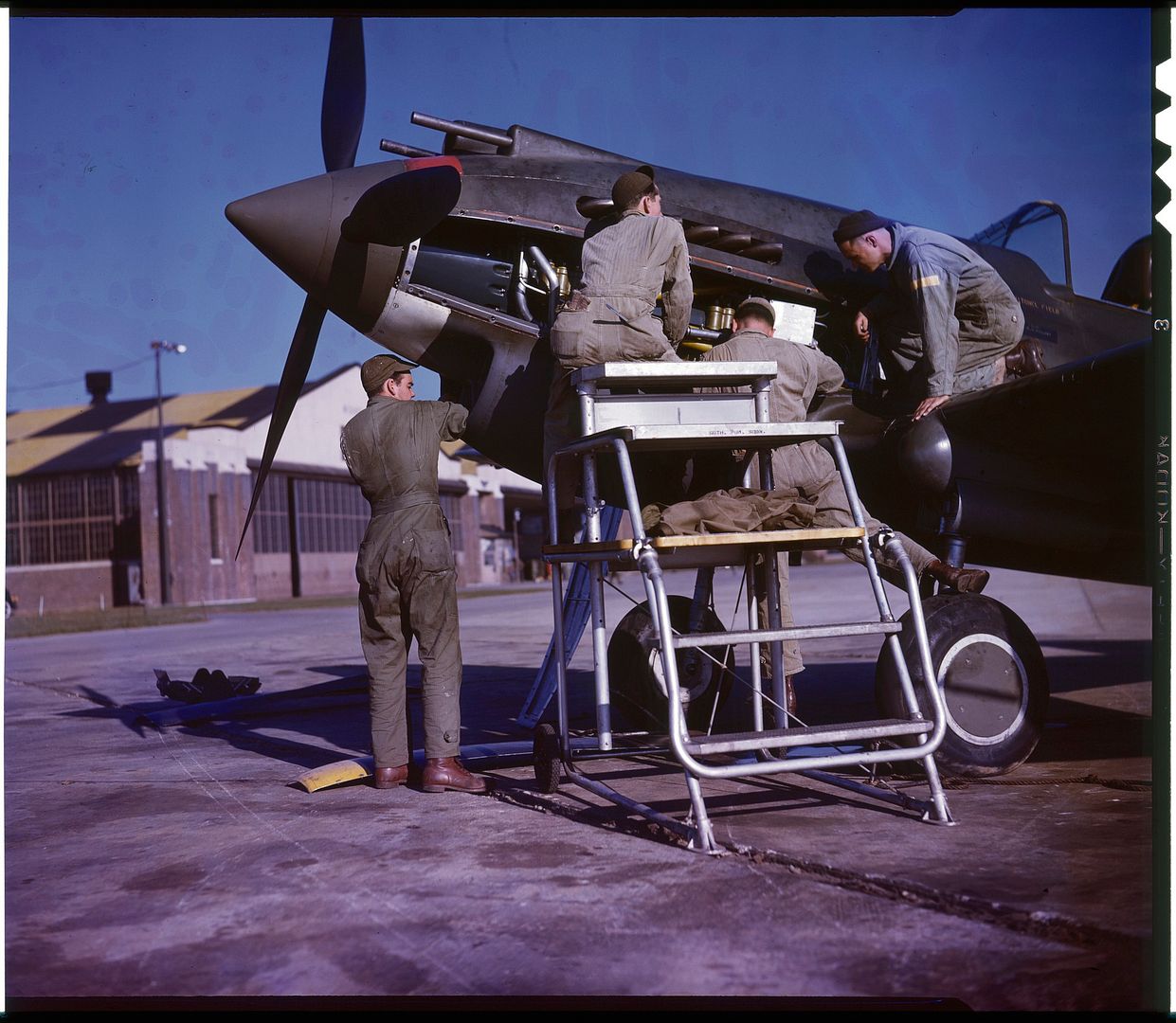
Partial close-up one-half right front view of US Army Air Force Curtiss P-40 Warhawk warming up at the Curtiss Airplane Company hangar at Buffalo New York 1940.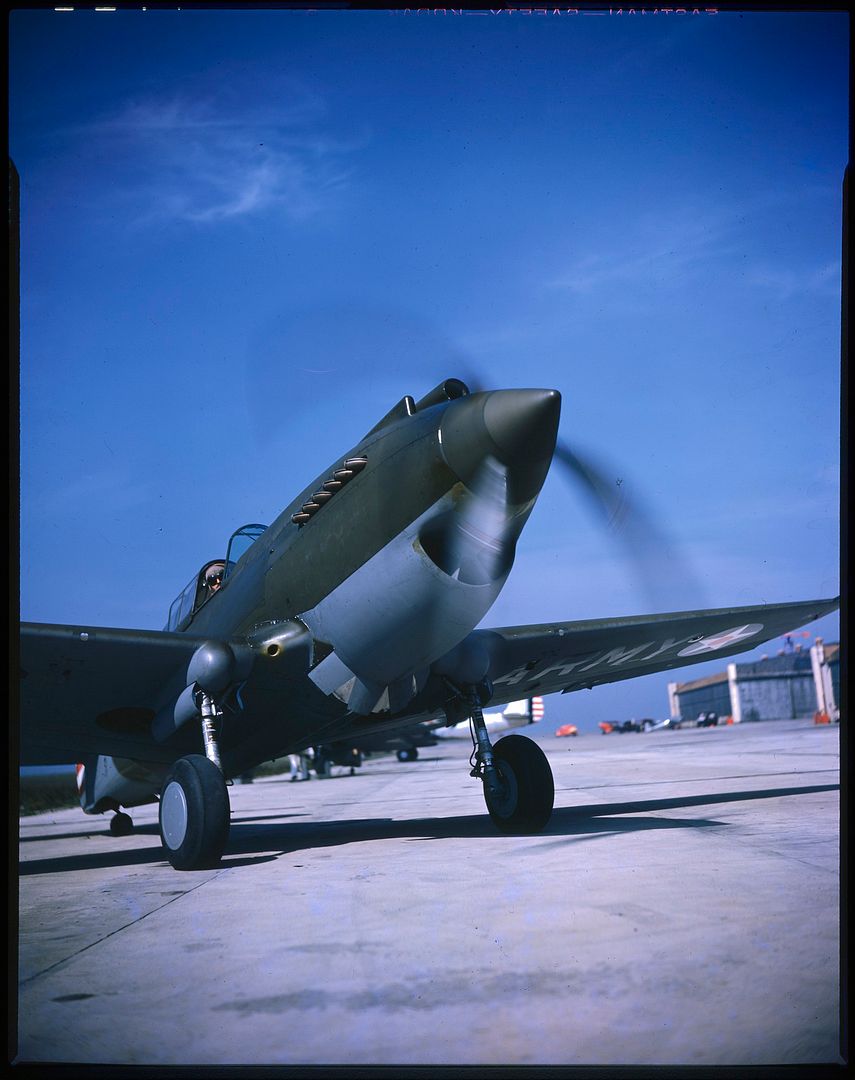
Six U.S. Army Air Force pursuit pilots wearing seat-type parachutes responding to a practice alert are approaching 11 Curtiss P-40 Warhawks ca. 1941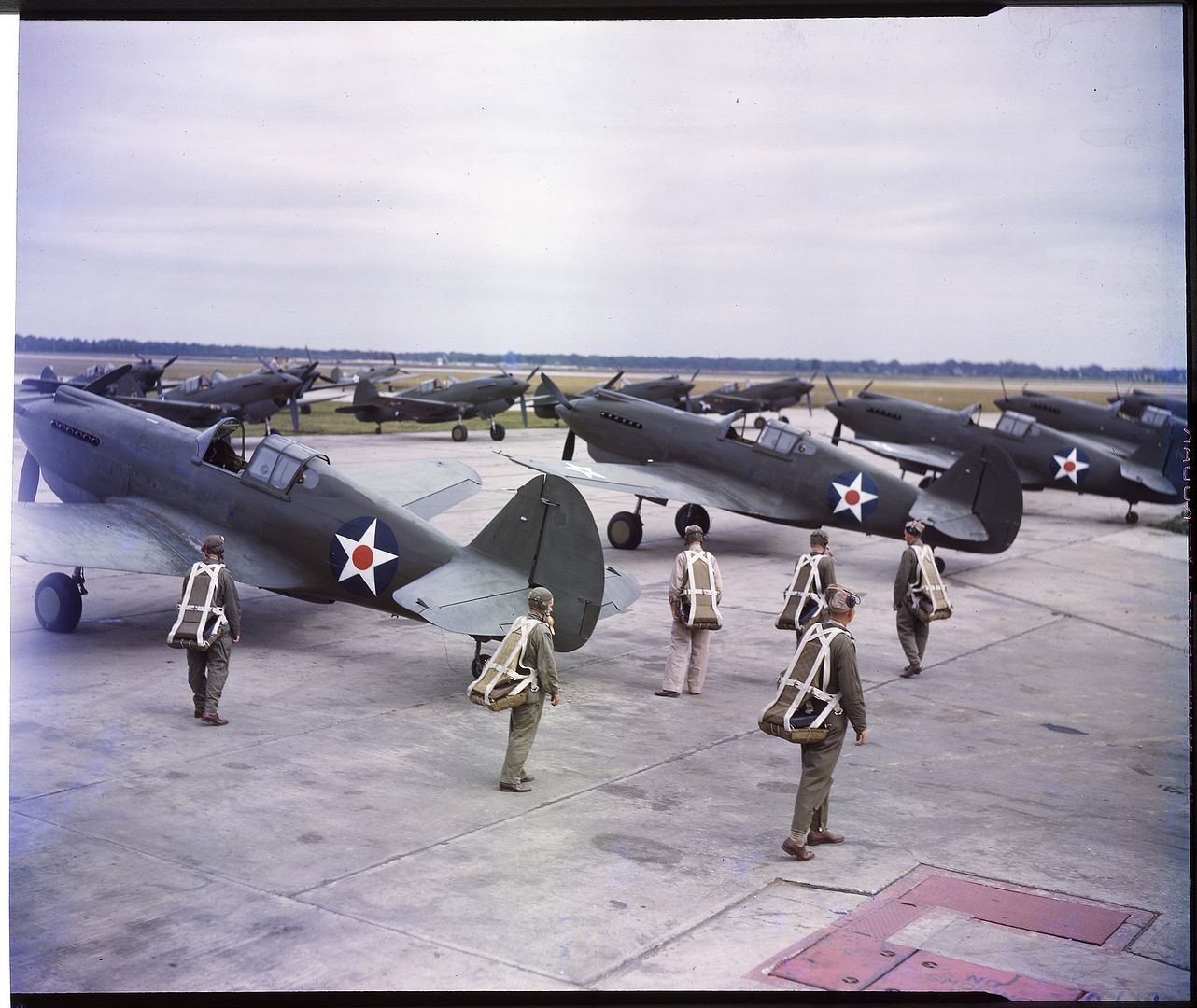
/P-40 Warhawk sn 39-188 with Captain Charles W. Stark Jr. of the 35th Pursuit Black Panther Squadron 8th Air Force climbing out of the cockpit of his aircraft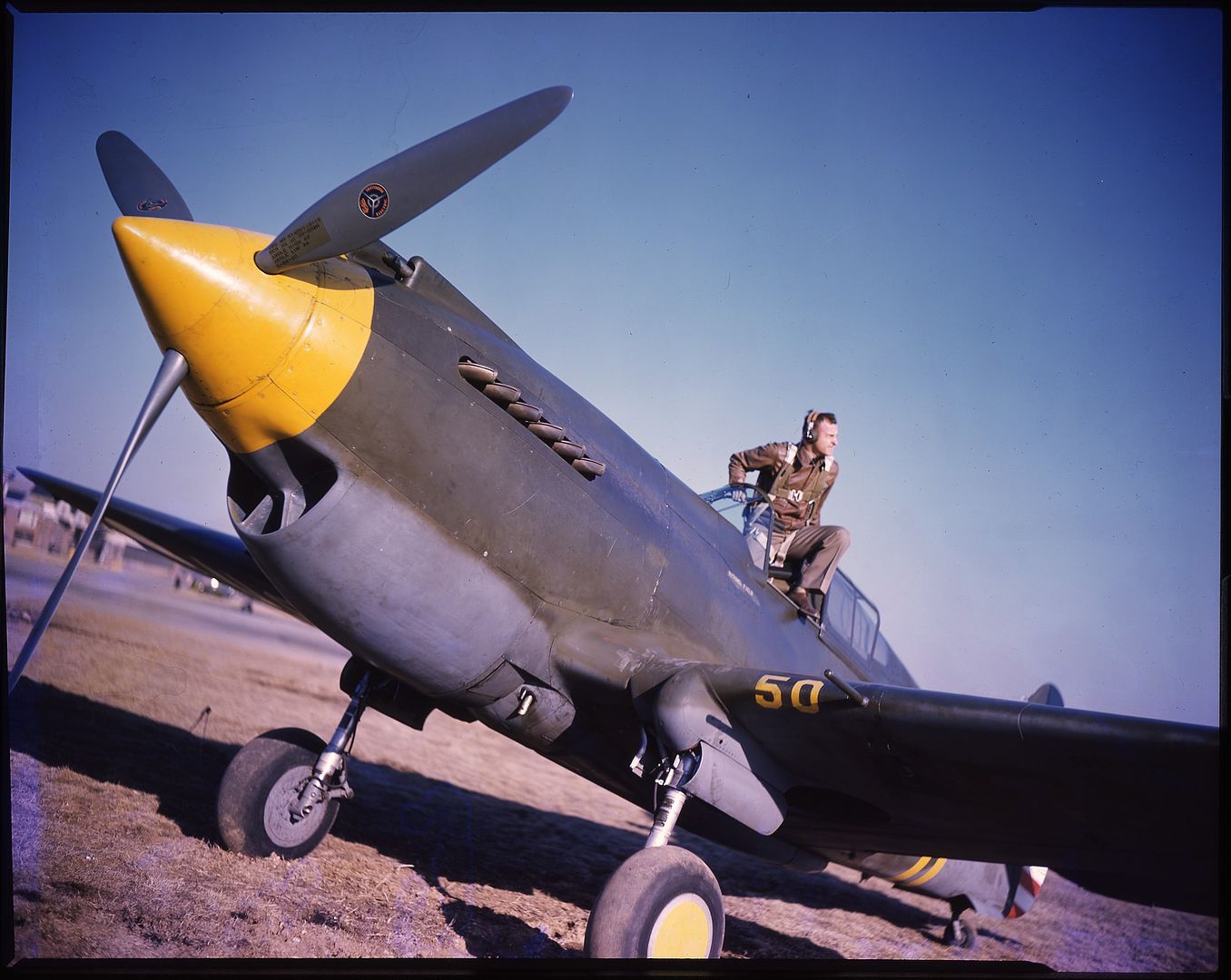
Informal portrait of U.S. Army Air Forces pilot wearing A-6 boots B-3 jacket A-3 trousers B-7 goggles and an A-8 oxygen mask arm around propeller of Curtiss P-40 Warhawk
-
9 years agoFri Feb 26 2016, 02:46pm
 Main Admin
Main Admin -
 Main Admin
Main Admin -
 Main AdminMid week bonus.
Main AdminMid week bonus.
And staying in amazing "Kodachrome" colour, 2 fantastic shots of Curtiss SB2C-4 Helldiver's.
Probably a factory shot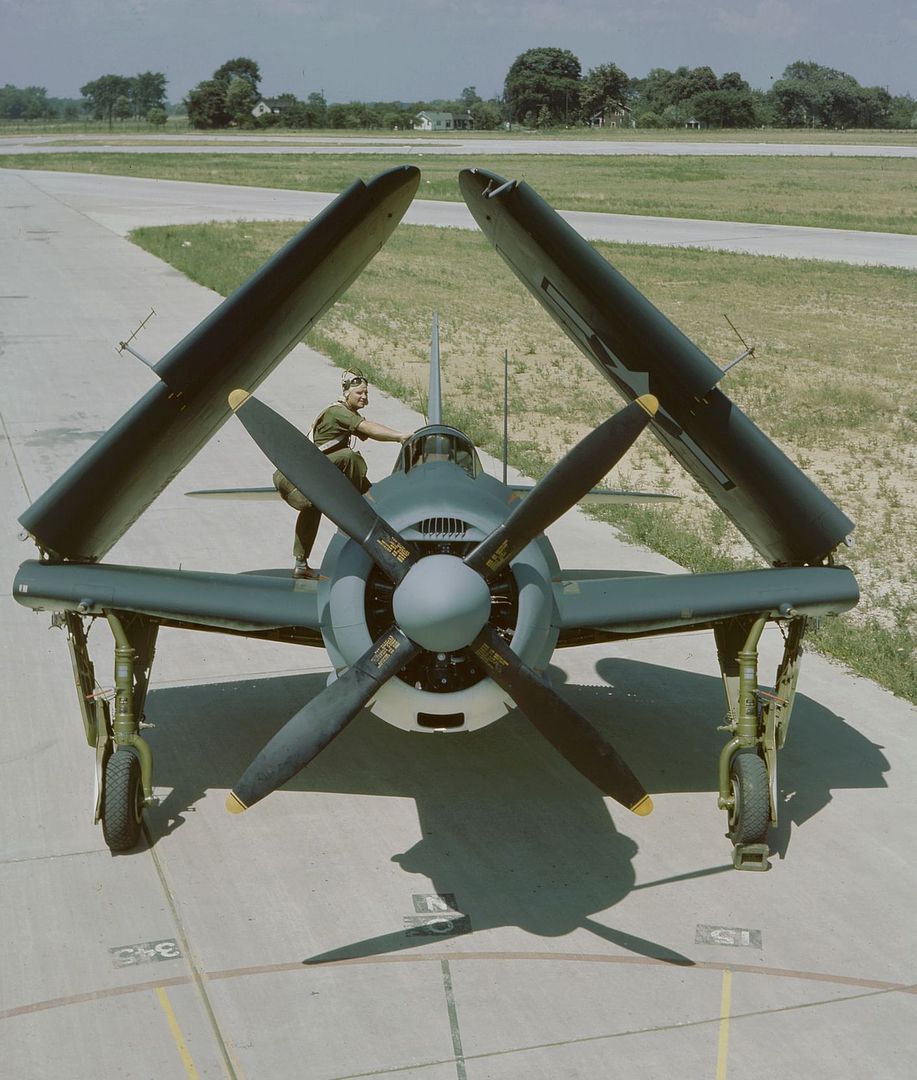
Looks like she just came off the line!
And below
Not every day you see a yellow painted Helldiver.
NAVAL AIR MODIFICATION UNIT, 1943-1945
The establishment in 1943 of the Naval Air Modification Unit (NAMU) at the Philadelphia Naval Yard reflected a decision by the War Department to separate aircraft production from modi- fication. To speed delivery to the armed services, planes were mass produced and then, at a separate facility, design modifications were added to produce the "latest" model for war duty. The Modification Branch of the Naval Aircraft Factory (NAF), Philadelphia, modified the Factory's assembled planes, but the two functions of production and modification turned out to fit poorly in the same organization. Hence when the NAF was expanded into the Naval Air Material Center (NAMC) on July 20,1943, the Modification Branch was reconstituted separately as the Naval Air Modification Unit.
During its first year of operation NAMU moved between different buildings in the NAMC complex while its personnel wrestled with an influx of projects. The availability of the million square foot Brewster plant, twenty miles north of Philadelphia, promised relief from crowded facilities, and shortly after it took possession of the Johnsville facility in July 1944, the Navy transferred NAMU there under the command of Captain Ralph S. Barnaby.
The move to Johnsville coincided with an expanded mission for NAMU. Its new tasks were to develop special weapons, to do prototype modifications for aircraft, and to perform quantity con- version of war planes. NAMU became a leader in adapting radar to Navy planes, including the TBF, TBN, PV, PBY, F4U, PB4Y, and SB2C. Some modification work concerned the installation of improved armaments and communications equipment, or involved prototyping, but most resulted from requests by the Bureau of Aeronautics to make changes based on Fleet performance. Since many of NAMU's employees had little experience with prototyping work, having been pro- duction workers at Brewster, a retraining program was conducted by the Training Division of NAMC. In the fourteen months between its move to Johnsville and the surrender of Japan, NAMU modified, repaired or experimented with over 1,370 service aircraft. Under a tight veil of secrecy, NAMU also conducted special weapons work, with such colorful project names as Pelican, Little Joe, Gargoyle, Glomb, and Glimp. NAMU engineers coordinated their activities with the National Defense Research Committee and the Special Weapons Experimental Tactical Test Unit, and combined many elements of modern war technology to develop new guided missiles and drone targets. Experimental glider work was also important, due to Captain Barnaby's experience and interest in the field of gliders.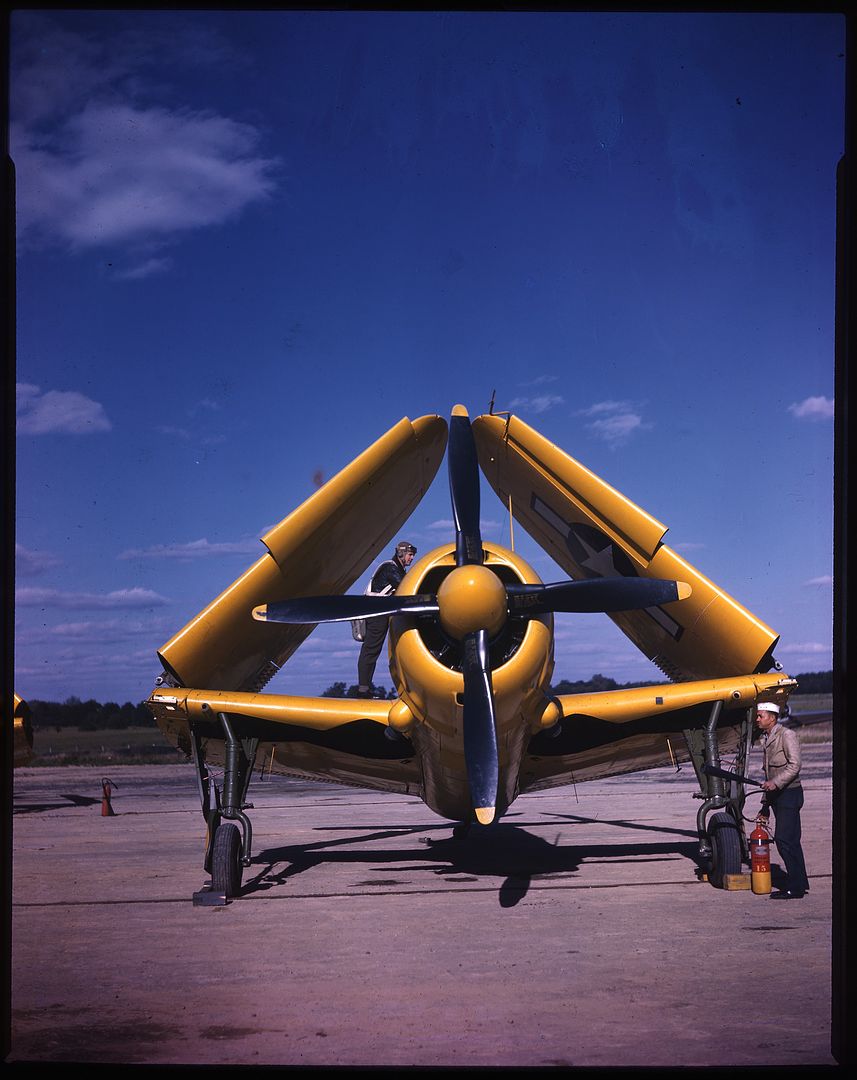
-
9 years agoWed Mar 09 2016, 09:35pm
 Main AdminEight this week.
Main AdminEight this week.
The Women Airforce Service Pilots (WASP) was a paramilitary aviation organization. The WASP's predecessors, the Women's Flying Training Detachment (WFTD) and the Women's Auxiliary Ferrying Squadron (WAFS) organized separately in September 1942. They were the pioneering organizations of civilian female pilots, employed to fly military aircraft under the direction of the United States Army Air Forces during World War II. The WFTD and WAFS were merged on August 5, 1943, to create the paramilitary WASP organization. The female pilots of the WASP ended up numbering 1,074, each freeing a male pilot for combat service and duties. They flew over 60 million miles in every type of military aircraft
Each WASP had a pilot's license. They were trained to fly "the Army way" by the U.S. Army Air Forces at Avenger Field in Sweetwater, Texas. More than 25,000 women applied for the WASP, and fewer than 1,900 were accepted. After completing four months of military flight training, 1,074 of them earned their wings and became the first women to fly American military aircraft.
The women were not trained for combat. Their course of instruction, however, was essentially the same as that for aviation cadets. The WASPs thus received no gunnery training, and very little formation flying and aerobatics, but went through the maneuvers necessary to be able to recover from any position. The percentage of trainees eliminated compared favorably with the elimination rates for male cadets in the Central Flying Training Command.
After training, the WASP were stationed at 120 air bases across the U.S., assuming numerous flight-related missions, and relieving male pilots for combat duty. They flew sixty million miles of operational flights from aircraft factories to ports of embarkation and military training bases. They also towed targets for live anti-aircraft artillery practice, simulated strafing missions, and transported cargo. Women in these roles flew almost every type of aircraft flown by the USAAF during World War II. In addition, a few exceptionally qualified women were allowed to test rocket-propelled planes, to pilot jet-propelled planes, and to work with radar-controlled targets. Between September 1942 and December 1944, the WASP delivered 12,650 aircraft of 78 different types.
Thirty-eight WASP fliers lost their lives while serving during the war, all in accidents. Eleven died in training and twenty-seven on active duty.
Below , Women Airforce Service Pilot (WASP) Betty Jane Bachman and her Curtiss P-40 Warhawk.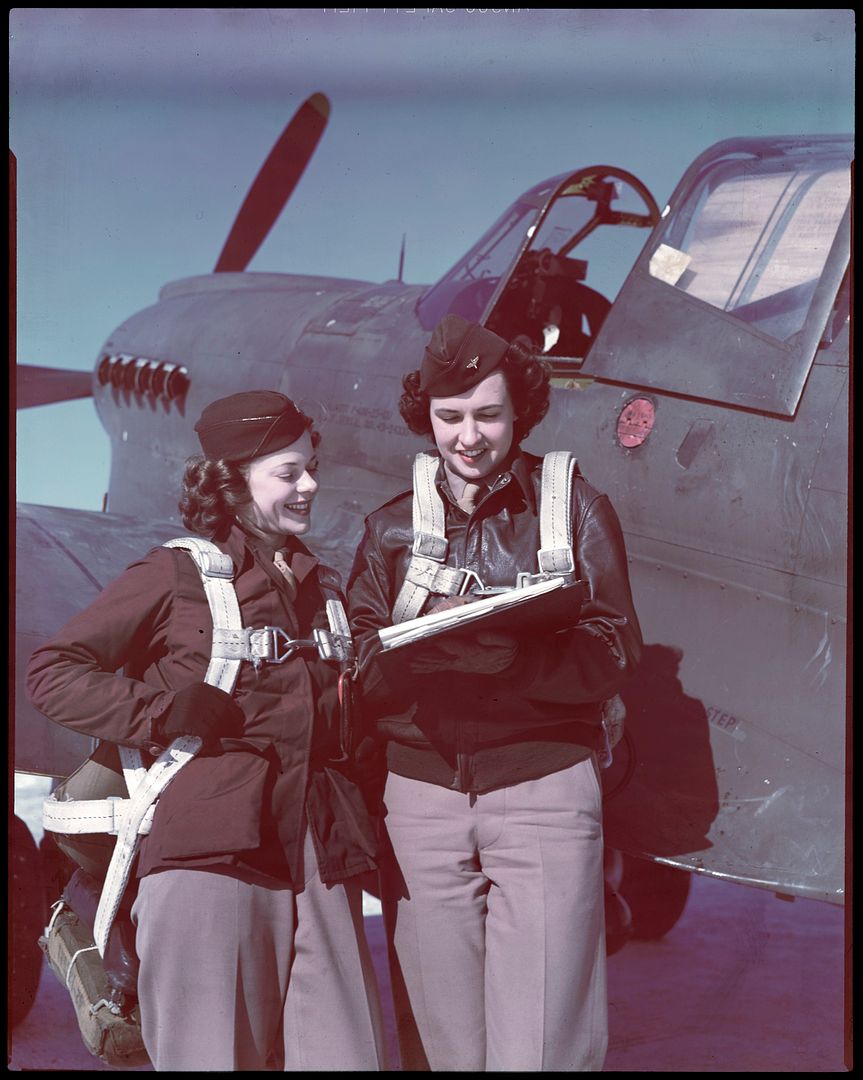

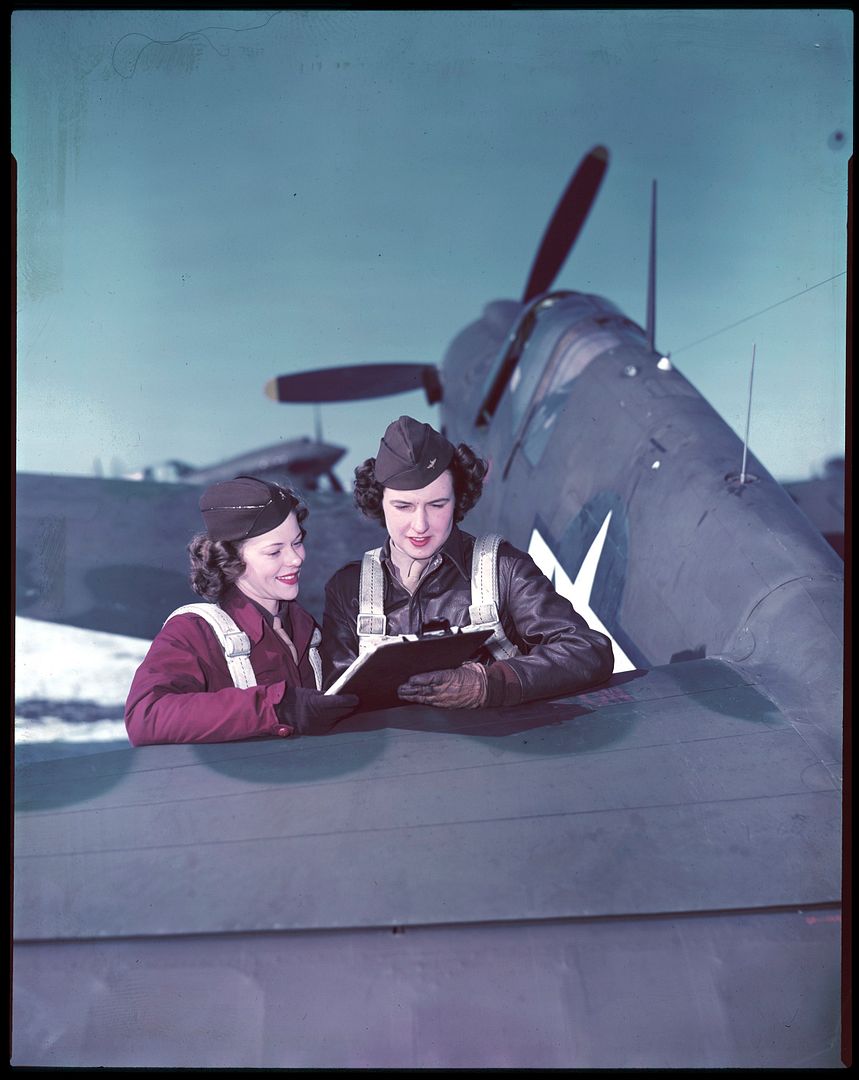

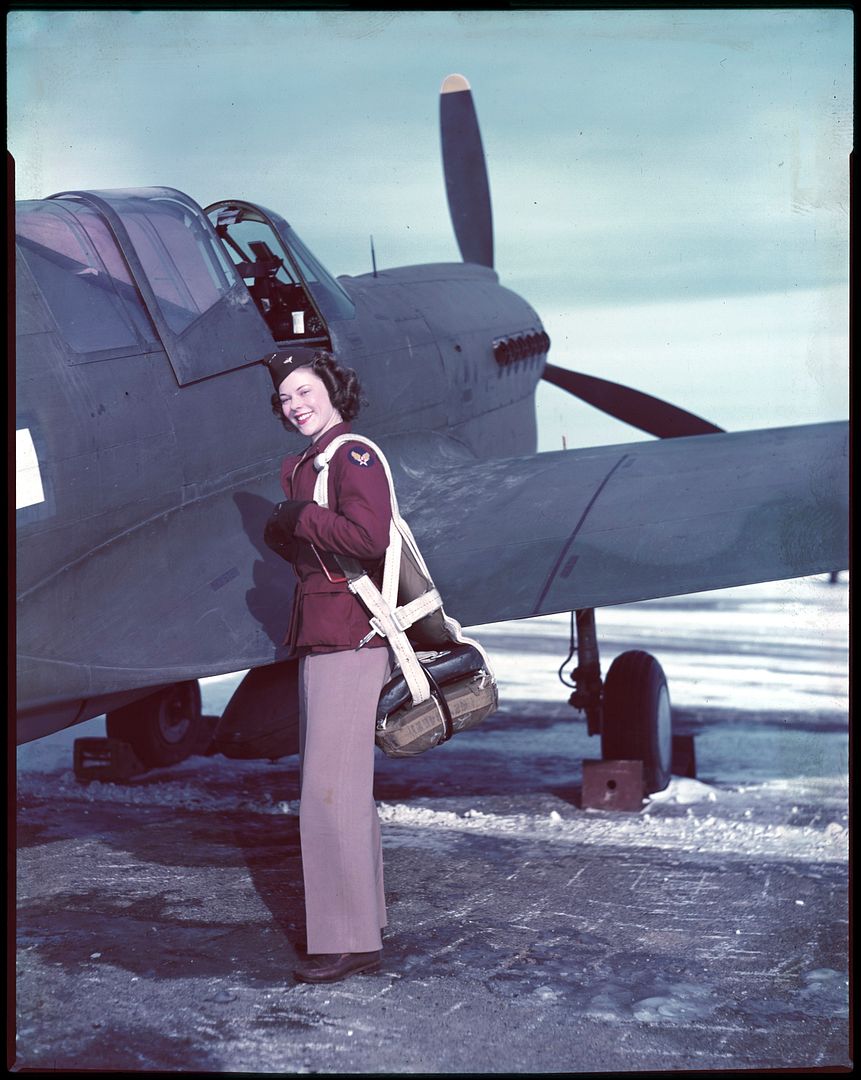
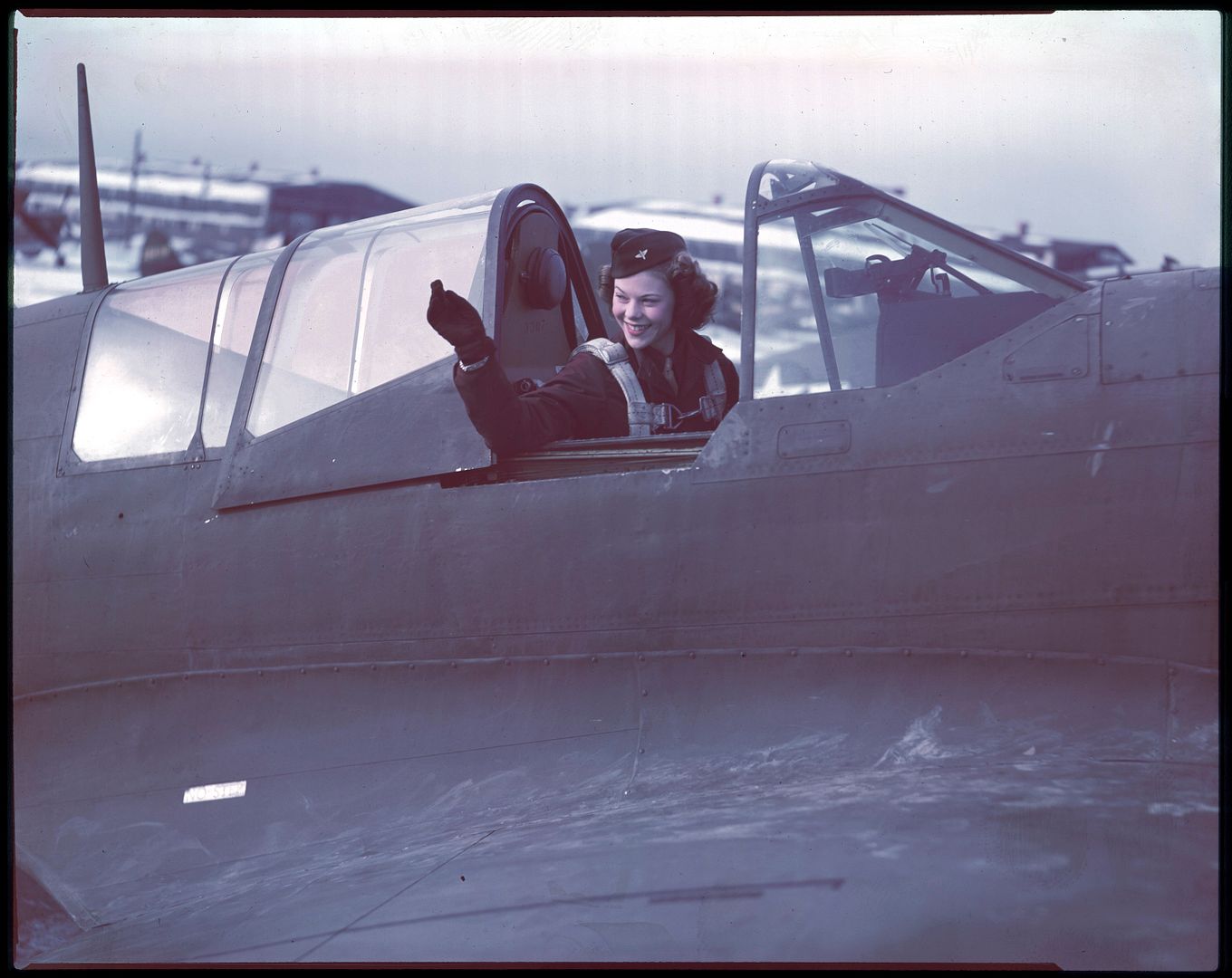
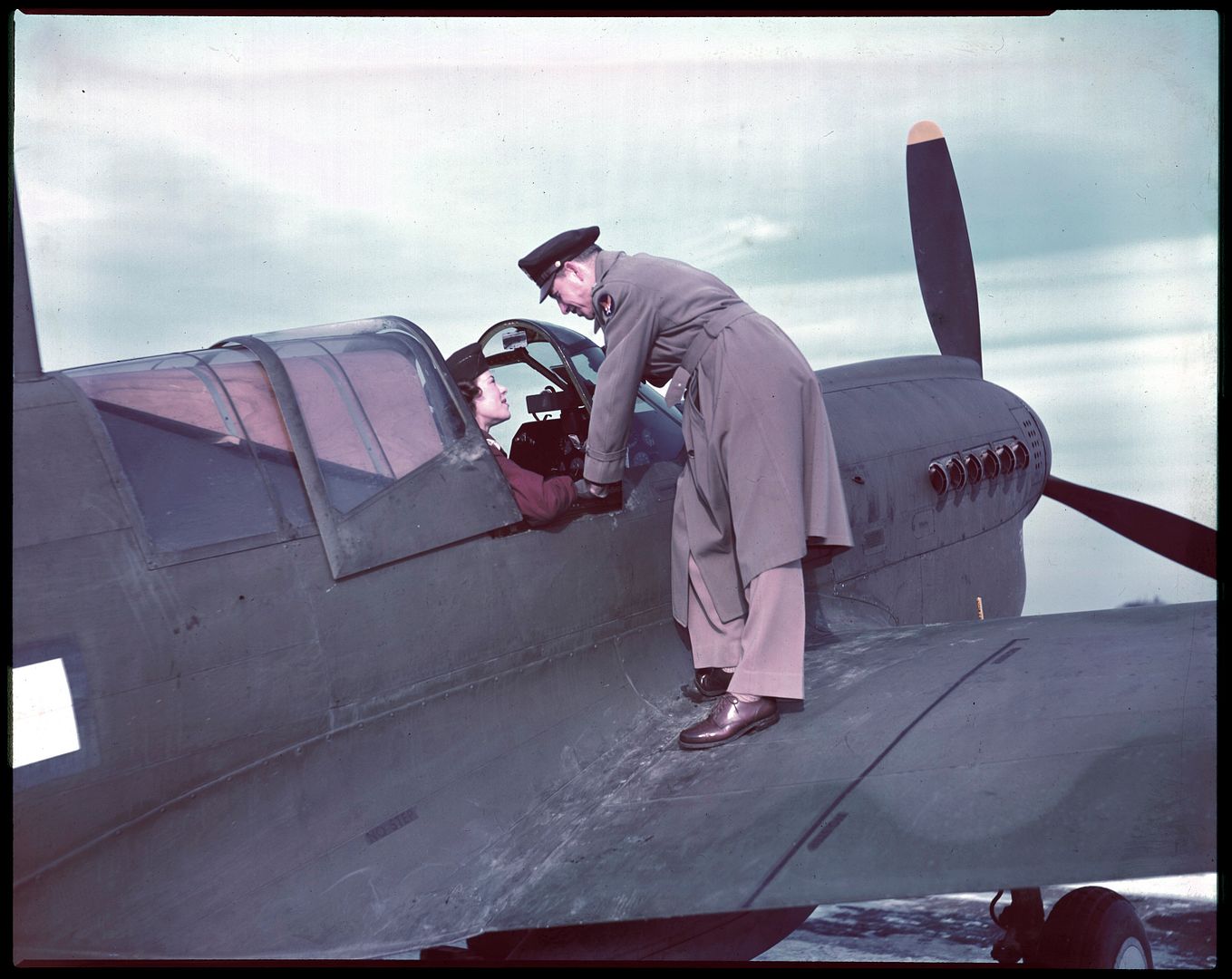
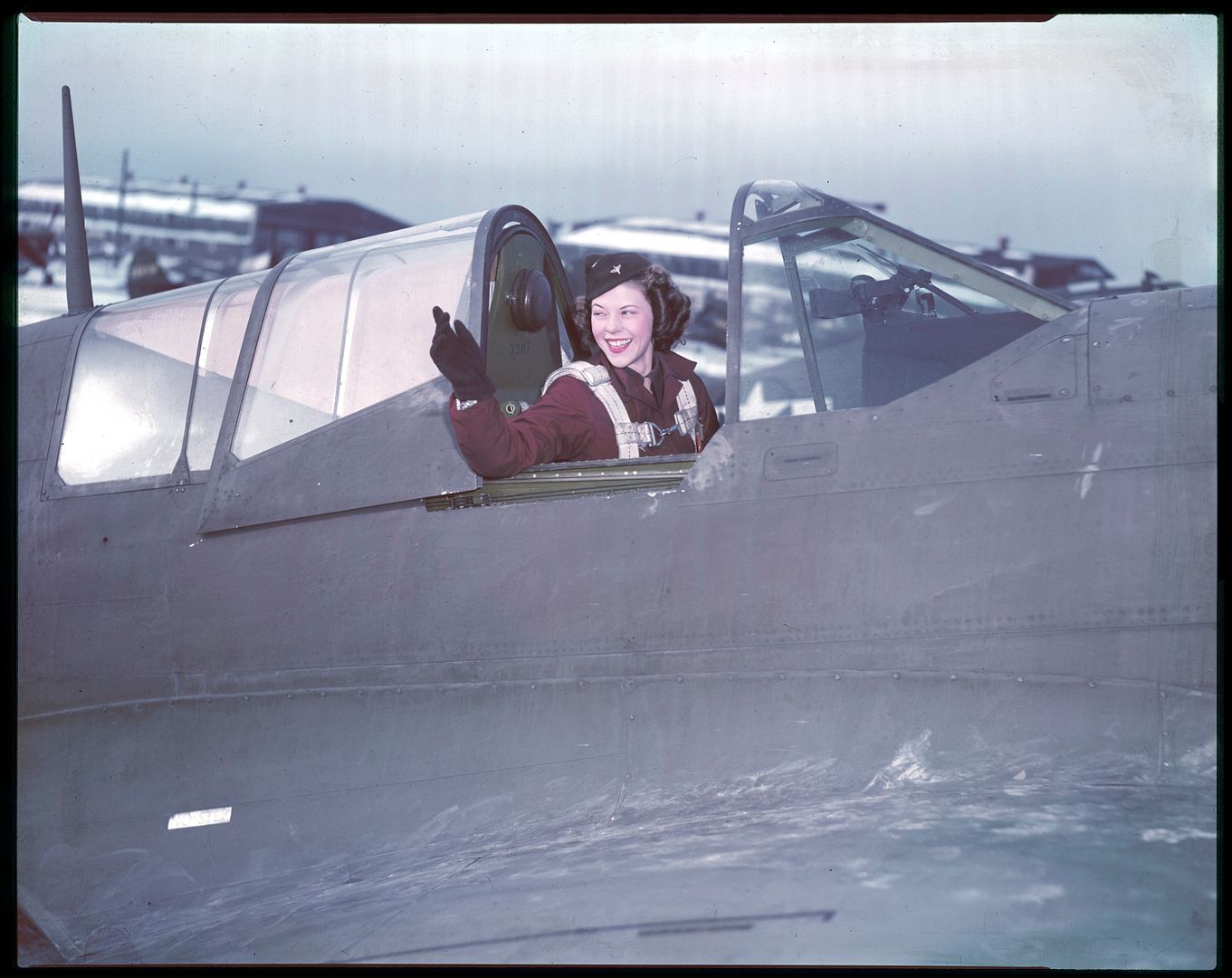

-
 Main AdminWeekend bonus.
Main AdminWeekend bonus.
Taken at March Field
March is one of the oldest airfields operated by the United States military, being established as Alessandro Flying Training Field in February 1918. It was one of thirty-two Air Service training camps established after the United States entry into World War I in April 1917. The airfield was renamed March Field the following month for 2d Lieutenant Peyton C. March, Jr., the recently deceased son of then-Army Chief of Staff Peyton C. March, who was killed in an air crash in Texas just fifteen days after being commissioned.
World War I
The establishment of March Air Force Base began in the early 20th century at a time when the United States was rushing to build up its military forces in anticipation of an entry into World War I. In 1917, in response to news from the front lines, Congressional appropriations attempted to back the plans of General George O. Squier, the Army's chief signal officer, to "put the Yankee punch into the war by building an army in the air".
At the same time, the War Department announced its intentions to build several new military installations. Efforts by Frank Miller, then owner of the Mission Inn in Riverside, California, Hiram Johnson and others, succeeded in gaining War Department approval to construct an airfield at Alessandro Field located near Riverside, an airstrip used by aviators from Rockwell Field on cross-country flights from San Diego.
The Army quickly set about establishing the new air field. Sergeant Charles E. Garlick, who had landed at Alessandro Field in a Curtiss JN-4 "Jenny" in November 1917, was selected to lead the advance contingent of four men to the new base from Rockwell Field. On 26 February 1918, Garlick and his crew and a group of muleskinners from nearby Colton, known to be experts in clearing land as well as for their colorful syntax, began the task of excavating the building foundations, and on 1 March 1918, Alessandro Flying Training Field was opened.
On 20 March 1918, Alessandro Flying Training Field became March Field, named in honor of Second Lieutenant Peyton C. March, Jr., son of the Army Chief of Staff, who had been killed when his Curtiss JN-4 "Jenny" crashed in Fort Worth, Texas the previous month. His crash occurred two weeks after he had been commissioned in the regular United States Army Air Service.
By late April 1918, enough progress had been made in the construction of the new field to allow the arrival of the first troops. The commander of the 818th Aero Squadron detachment, Captain William Carruthers, took over as the field's first commander and for a time operated out of an office in the Mission Inn. Within a record 60 days, the grain stubble-covered plain of Moreno Valley had been partially transformed to include twelve hangars, six barracks equipped for 150 men each, mess halls, a machine shop, post exchanged hospital, a supply depot, an aero repair building, bachelor officer's quarters and a residence for the commanding officer. Eventually March Field saw the construction of some 50 buildings. It covered over 700 acres and could accommodate up to 1,000 personnel. Dozens of wooden buildings served as headquarters, maintenance, and officers? quarters. Enlisted men had to bivouac in tents.
A Curtiss JN-4 "Jenny" on a training flight during World War I. This is the type of aircraft used at March Field during this era for basic pilot training of military pilots.
The first flying squadron was the 215th Aero Squadron, which was transferred from Rockwell Field, North Island, California. Later the 68th and the 289th were also transferred up from Rockwell. Only a few U.S. Army Air Service aircraft arrived with squadrons, most of the Curtiss JN-4 Jennys to be used for flight training were shipped in wooden crates by railcar.
March Field served as a base for primary flight training with an eight-week course. It could accommodate a maximum of 300 students. In 1918, flight training occurred in two phases: primary and advanced. Primary training consisted of pilots learning basic flight skills under dual and solo instruction. After completion of their primary training at Mather, flight cadets were then transferred to another base for advanced training.
With the sudden end of World War I in November 1918, the future operational status of March Field was unknown. Many local officials speculated that the U.S. government would keep the field open because of the outstanding combat record established by March-trained pilots in Europe. Locals also pointed to the optimal weather conditions in the Riverside area for flight training. Cadets in flight training on 11 November 1918 were allowed to complete their training, however no new cadets were assigned to the base. Also the separate training squadrons were consolidated into a single Flying School detachment, as many of the personnel assigned were being demobilized.
Inter-war years
The signing of the armistice in November 1918 did not halt training at March Field. Initially March was used by several Air Service squadrons that returned from France:
9th Aero Squadron: 22 July ? 2 August, 15 November ? 11 December 1919
19th Aero Squadron: 1 October ? 29 June 1921
23rd Aero Squadron: 1 October 1921 ? 21 March 1922
However, by 1921, the decision had been made to phase down all activities at the base in accordance with sharply reduced military budgets. By the spring of 1923, March Field was deactivated as an active duty airfield, however, and a small caretaker unit was assigned to the facility for administrative reasons. It was used by the aerial forestry patrol. It also was used intermittently to support small military units.
March Field remained quiet for only a short time. In July 1926, Congress created the Army Air Corps and approved the Army's five-year plan which called for an expansion in pilot training and the activation of tactical units. Accordingly, funds were appropriated for the reopening of March Field in March 1927.
Colonel William C. Gardenhire, assigned to direct the refurbishment of the base, had just directed his crews to replace underpinnings of many of the previous buildings when he received word the future construction would be in Spanish Mission architectural design. In time, March Field would receive permanent structures. The rehabilitation effort was nearly complete in August 1927, when Major Millard F. Harmon reported in to take over the job of base commander and commandant of the flying school. Classes began shortly after his arrival. The 13th School Group and its 47th and 53rd School Squadrons provided primary and basic flying training for future Air Force leaders such as Hoyt Vandenberg, Nathan Twining, Thomas Power and Curtis LeMay.
As March Field began to take on the appearance of a permanent military installation, the base's basic mission changed. When Randolph Field began to function as a training site in 1931, March Field became an operational base. Before the end of the year, the 7th Bombardment Group, commanded by Major Carl A. Spaatz, brought its Curtiss B-2 Condor and Keystone B-3A bombers to the airfield. The activation of the 17th Pursuit Group and several subordinate units along with the arrival of the 1st Bombardment Wing initiated a period where March Field became associated with the Air Corps' heaviest aircraft as well as an assortment of fighters. Aircraft on March's flightline in the 1930s included Keystone B-4, Martin B-10/B-12 and Douglas B-18 Bolo bombers; Boeing P-12, P-26 Peashooter, and Curtiss P-36 Hawk pursuit aircraft; Northrop A-17A dive bombers and Douglas O-38 observation aircraft.
In the decade before World War II, March Field took on much of its current appearance and also began to gain prominence. Lieutenant Colonel Henry H. (Hap) Arnold, base commander from 1931 to 1936, began a series of well-publicized maneuvers to gain public attention. This resulted in a visit by Governor James Rolph in March 1932, numerous visits by Hollywood celebrities including Bebe Daniels, Wallace Beery, Rochelle Hudson and others, and visits by famous aviators including Amelia Earhart. Articles in Los Angeles newspapers also kept March Field in the news and brought to it considerable public attention. The completion of the first phase of permanent buildings in 1934 added to the scenic quality of the base.
World War II
The Attack on Pearl Harbor in December 1941 quickly brought March Field back into the business of training aircrews. Throughout World War II, many soon-to-be-famous bombardment groups performed their final training at March before embarking for duty in the Pacific.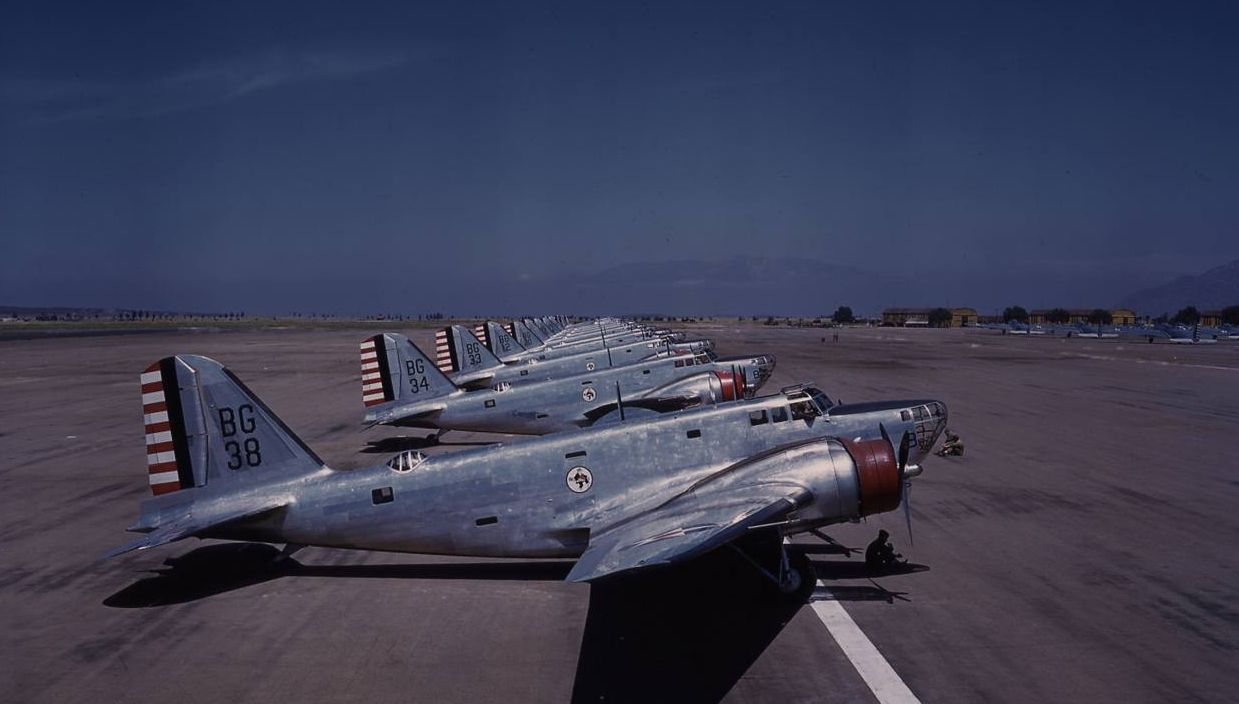


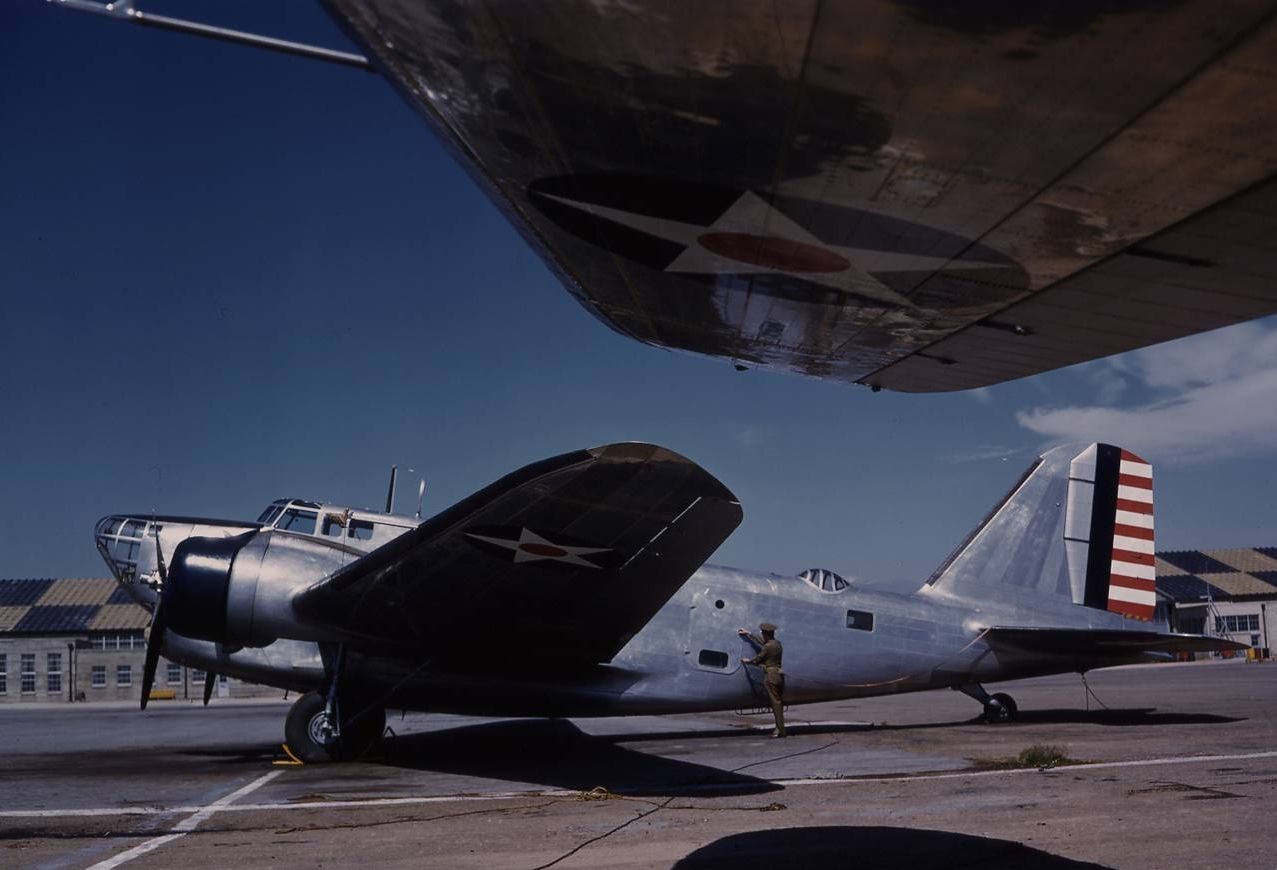
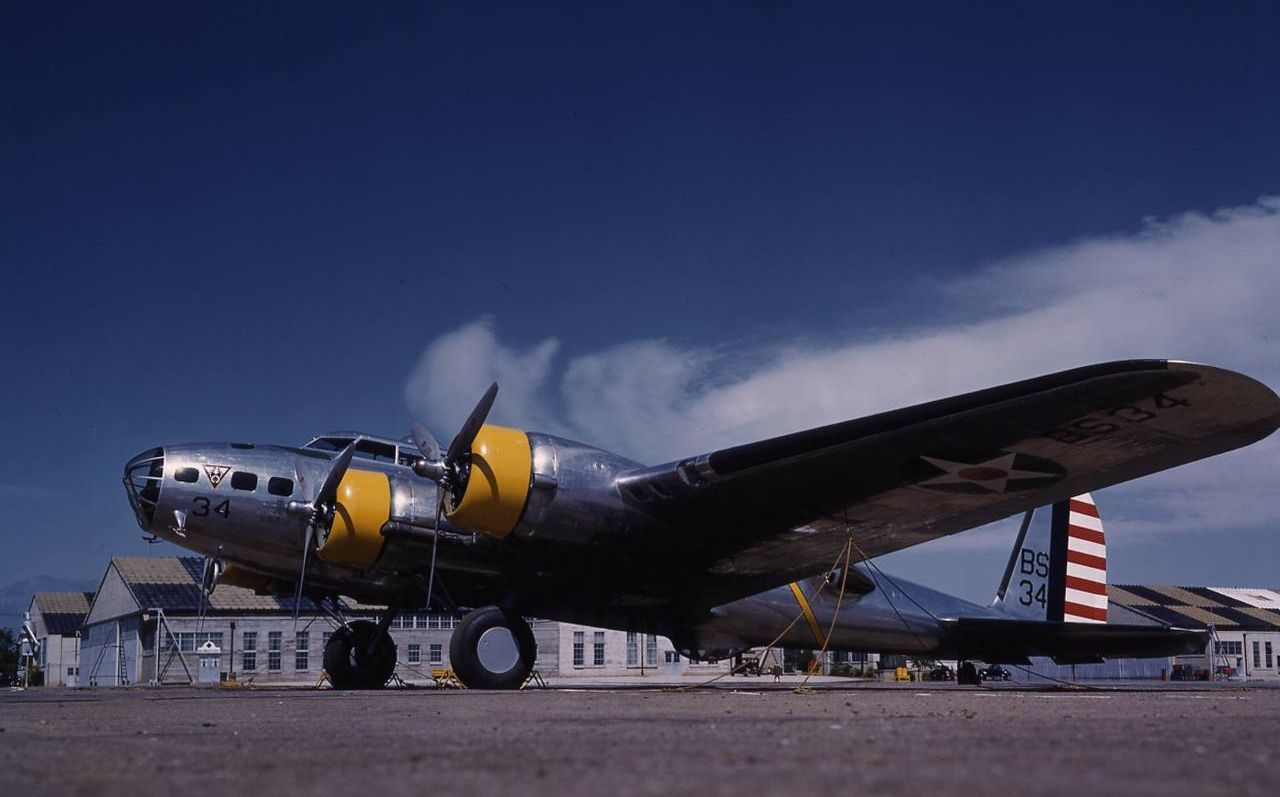
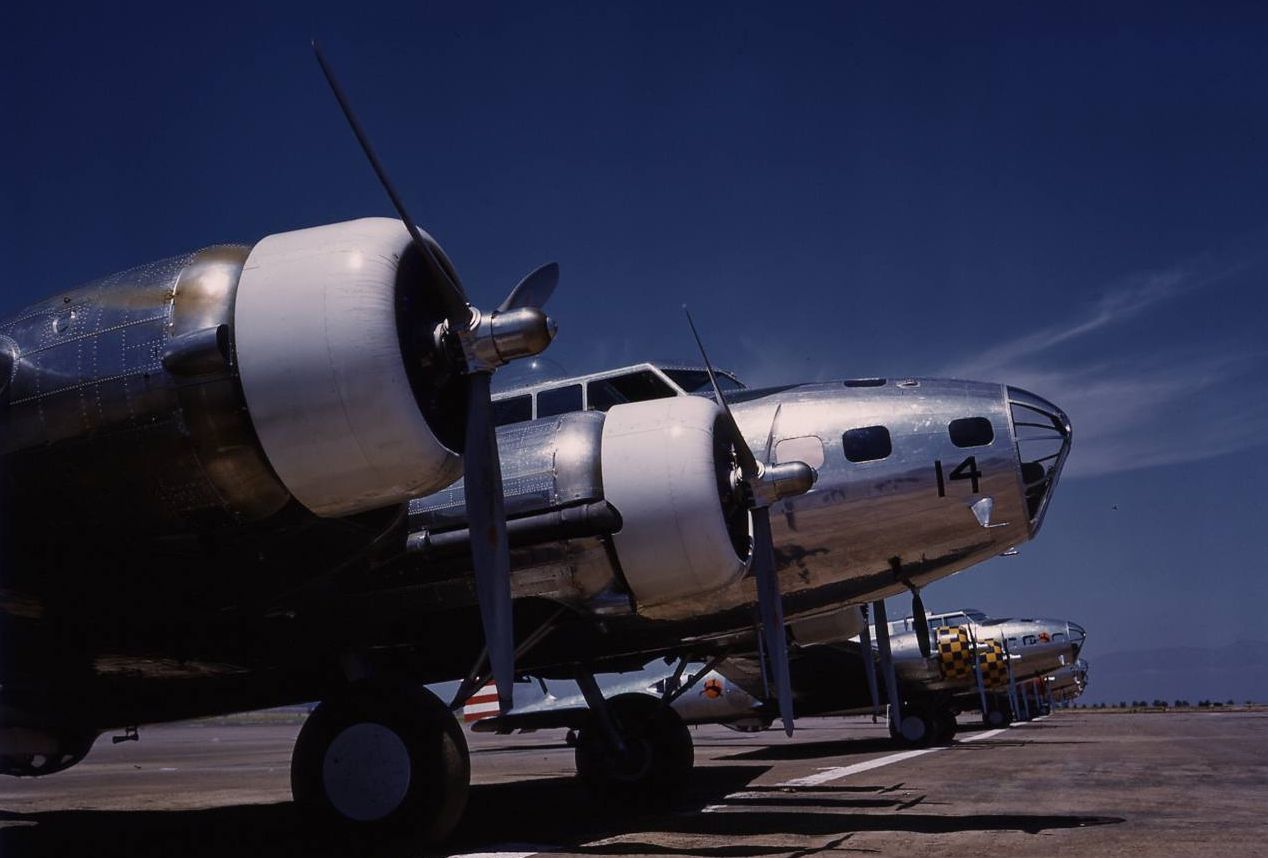

-
9 years agoFri Mar 18 2016, 05:57pm
 Main Admin
Main Admin -
 Main AdminFour this week.
Main AdminFour this week.
U.S. Army Air Force Douglas A-20A Havoc of the 3rd Bombardment Group in flight, 1941.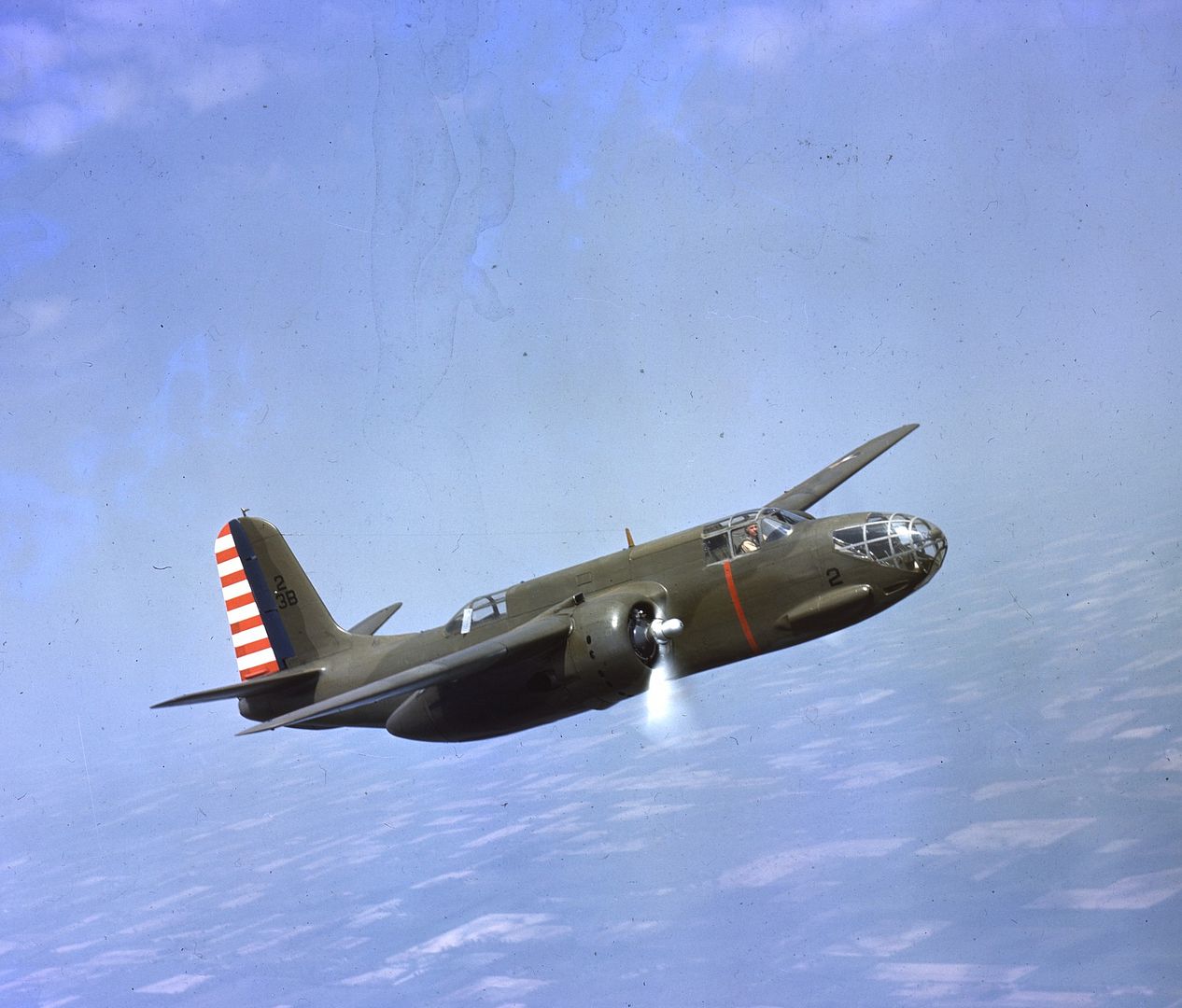
U.S. Army Air Force Douglas A-20 Havoc being worked on, taken during field maneuvers/War Games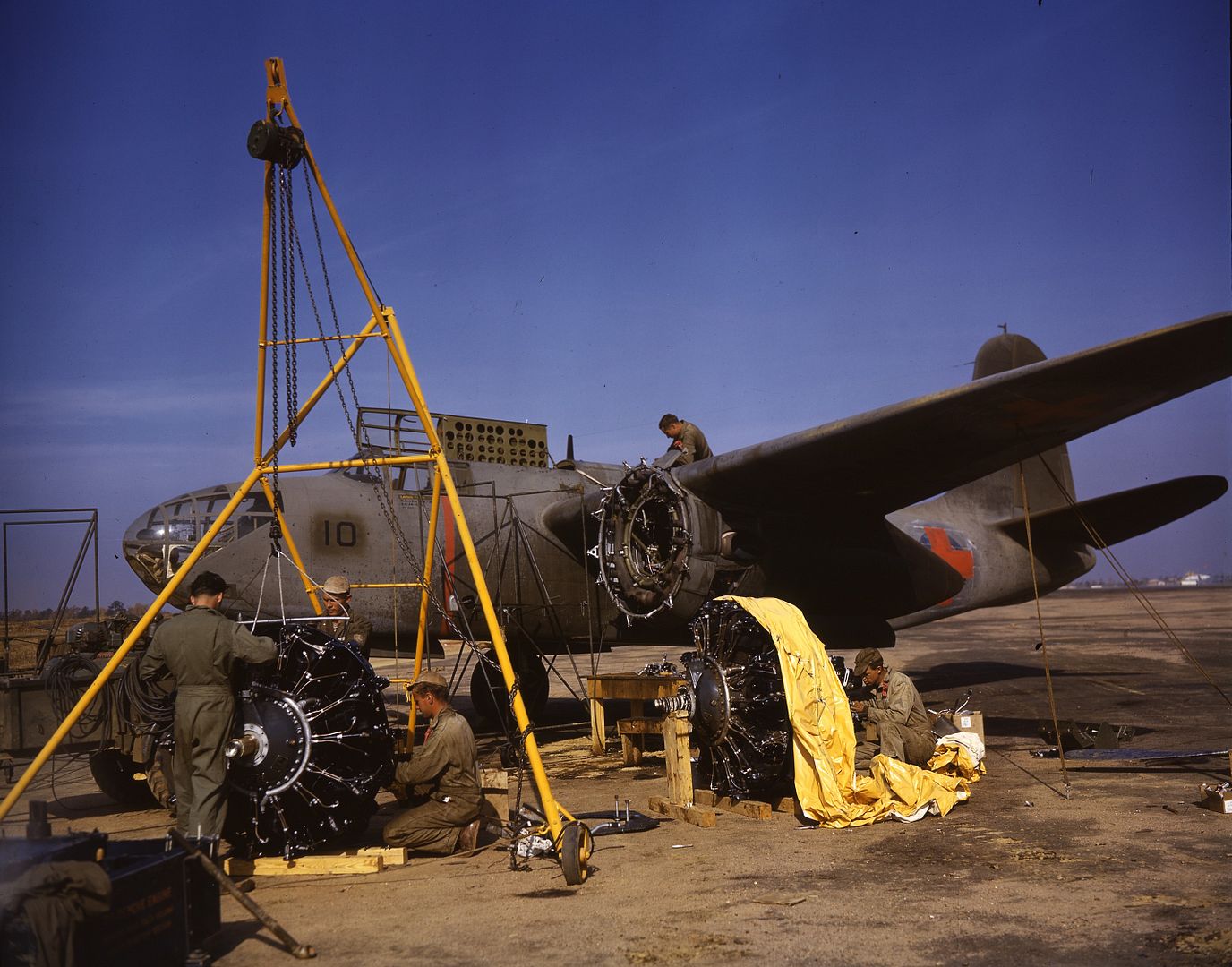
Douglas A-20A Havoc (s/n unknown) being backed into a revetment during the Louisiana Maneuvers of 1941. This aircraft was part of the 'red' forces.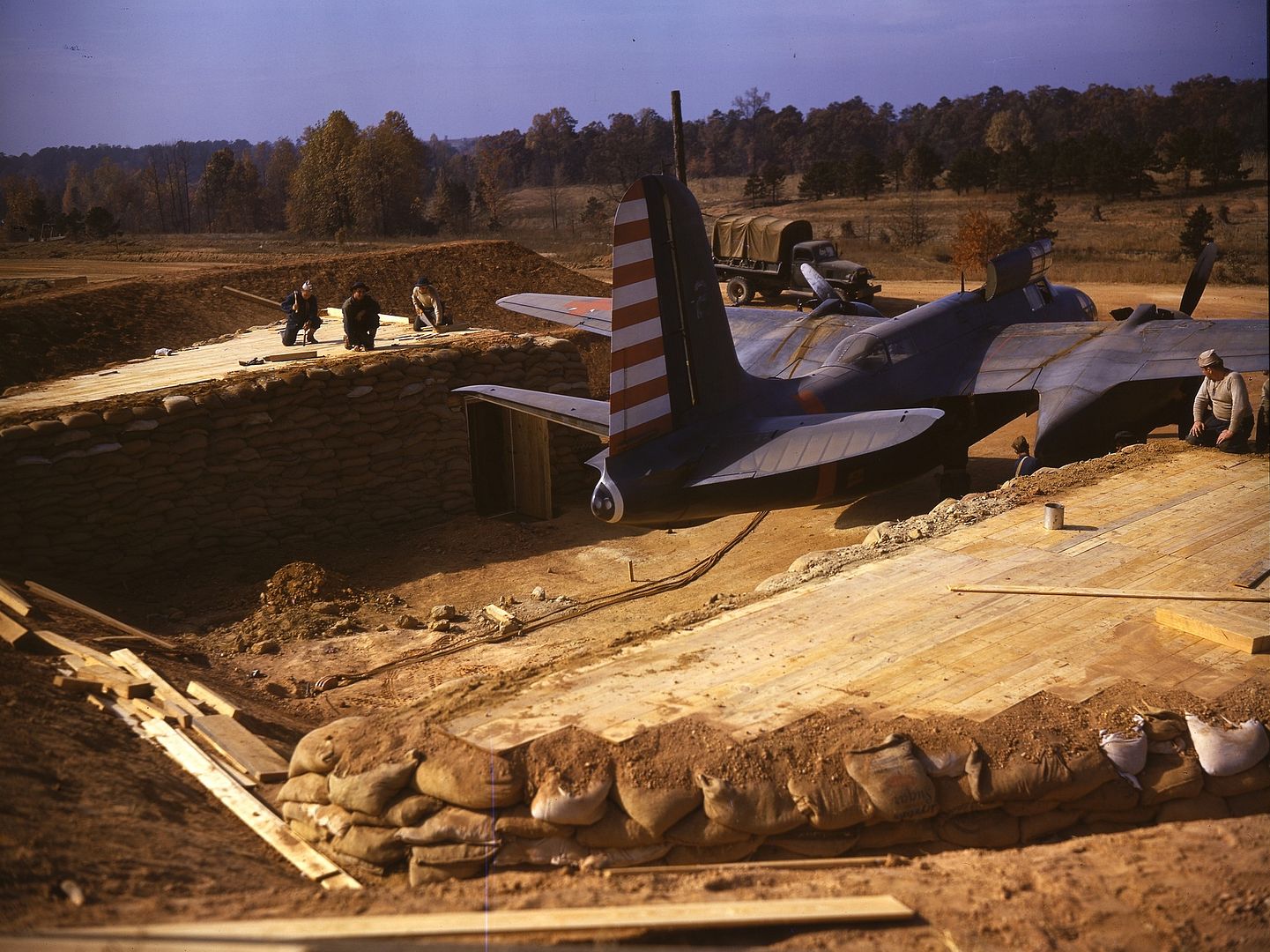
Douglas A-20 Havocs parked on grass field. Aircraft are part of the 'white' forces in the Louisiana Maneuvers of 1941.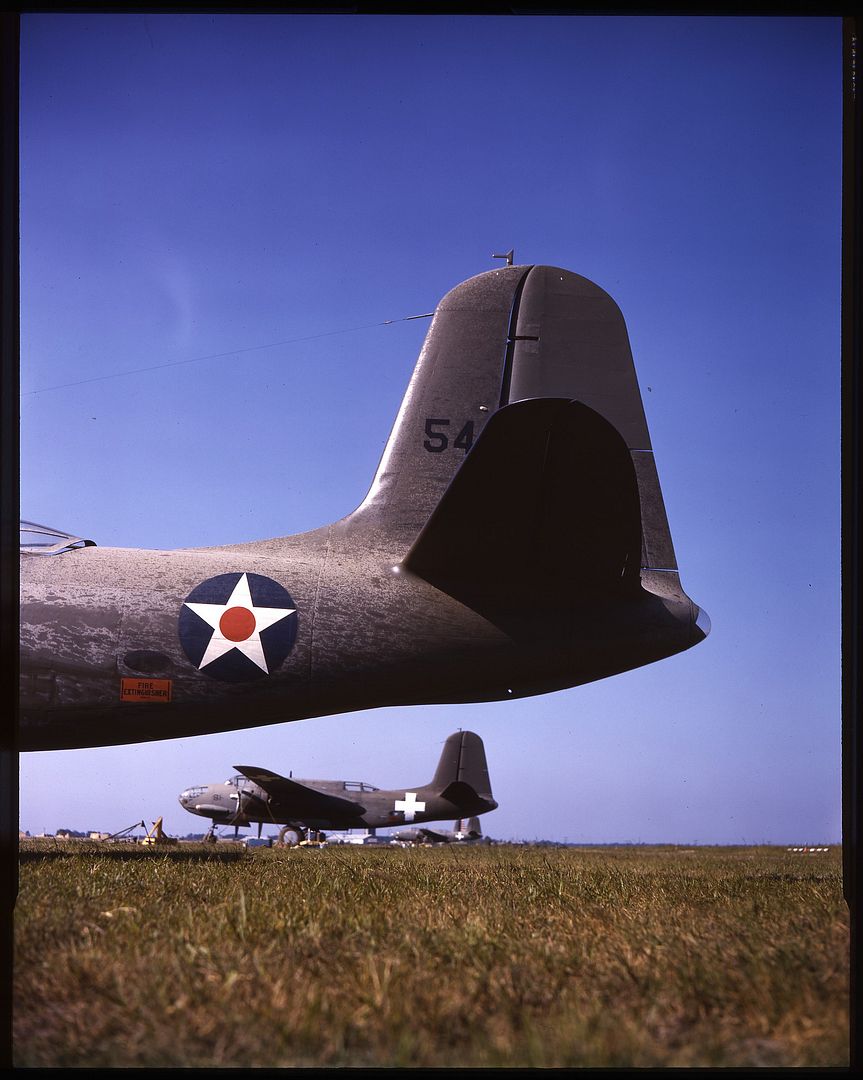
-
 Main Admin
Main Admin -
 Main Admin
Main Admin
Post a reply
- Go to Previous topic
- Go to Next topic
- Go to Welcome
- Go to Introduce Yourself
- Go to General Discussion
- Go to Screenshots, Images and Videos
- Go to Off topic
- Go to Works in Progress
- Go to Skinning Tips / Tutorials
- Go to Skin Requests
- Go to IJAAF Library
- Go to Luftwaffe Library
- Go to RAF Library
- Go to USAAF / USN Library
- Go to Misc Library
- Go to The Ops Room
- Go to Made in Germany
- Go to Campaigns and Missions
- Go to Works in Progress
- Go to Juri's Air-Raid Shelter
- Go to Campaigns and Missions
- Go to Works in Progress
- Go to Skinpacks
- Go to External Projects Discussion
- Go to Books & Resources
